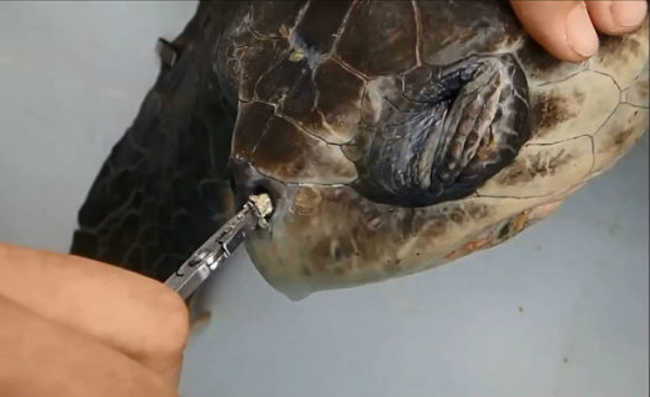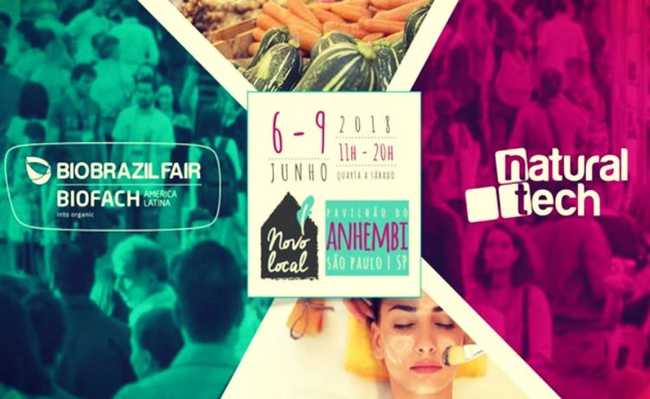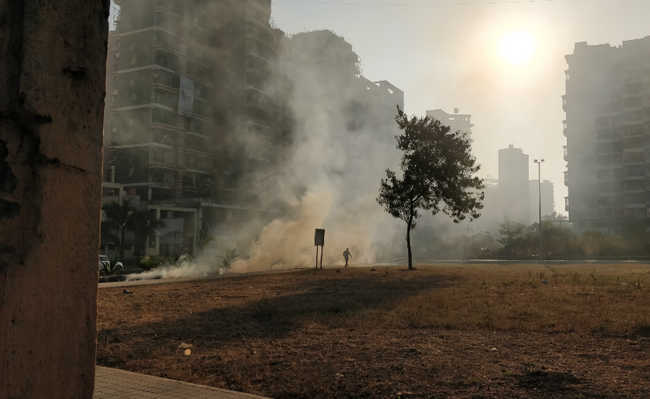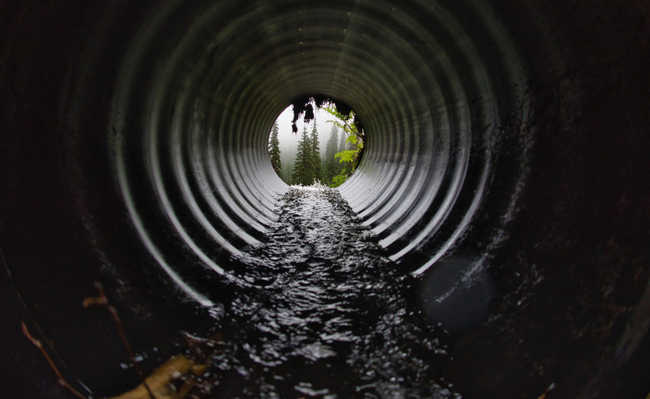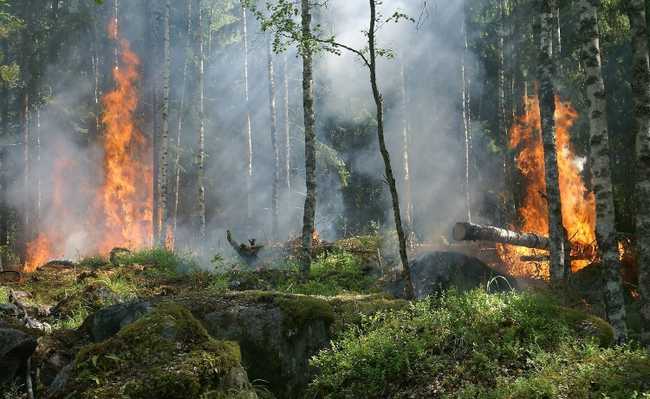What is compost and how to make it
Making home compost reduces greenhouse gases, organic waste and is good for health
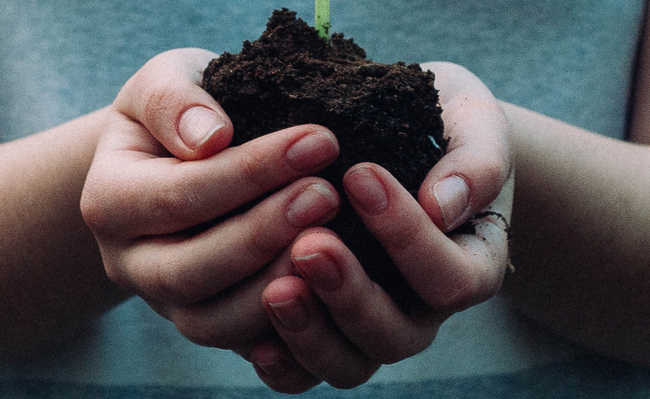
Edited and resized image by Nikola Jovanovic is available on Unsplash
What is compost?
Composting is the biological process of valuing organic matter, whether urban, domestic, industrial, agricultural or forestry, and can be considered as a type of recycling of organic waste. It is a natural process in which microorganisms, such as fungi and bacteria, are responsible for the degradation of organic matter, transforming it into humus, a material that is very rich in nutrients and fertile.
The practice is still good for your health. According to a study, contact with a bacteria present in the humus works as an antidepressant, reducing allergies, pain and nausea.
- Humus: what it is and what are its functions for the soil
Composting helps to reduce food waste, making it an easy solution to recycle the waste generated in our home. Check out the video above, from YouTube eCycle Portal Channel, to understand, in a very brief way, what compost is. If you like it, subscribe to the channel! See below for more details on how composting takes place and how to carry it out.
How to make compost?
Waste composting takes place in stages, which are very distinct from each other.
Composting stages
1st) Mesophilic Phase:
In this stage of composting, fungi and mesophilic bacteria (active at temperatures close to room temperature) begin to proliferate in the organic matter agglomerated in the compost bin, causing the organic waste to decompose. First, the simplest molecules are metabolized. At this stage, temperatures are moderate (about 40°C) and lasts around 15 days.
- Composter: what it is, how it works and its benefits
- What is organic waste and how to recycle it at home
- What to do with leftover food?
2nd) Thermophilic phase:
It is the longest phase of composting, and it can take up to two months, depending on the characteristics of the material being composted. At this stage, fungi and bacteria called thermophiles enter the scene, which are capable of surviving temperatures between 65°C and 70°C, influenced by the greater availability of oxygen - promoted by the turning over of the initial pile. Degradation of more complex molecules and high temperature help to eliminate pathogens.
3rd) Maturation phase:
It is the last stage of the composting process and can last up to two months. In this stage of composting, there is a decrease in microbial activity, temperature (until it approaches room temperature) and acidity. It is a period of stabilization that produces a matured compost. Compost maturity occurs when microbiological decomposition is complete and organic matter is transformed into humus, free from toxicity, heavy metals and pathogens.
Humus is a stable material, rich in nutrients and minerals, which can be used in vegetable gardens, gardens and for agricultural purposes, as organic fertilizer, returning the nutrients it needs to the soil and avoiding the use of synthetic fertilizers.
- Organic urban agriculture: understand why it's a good idea
history of composting
Organic composting is not a new practice, but it is gaining in popularity as there is a greater trend towards sustainability concerns. Farmers have been using the household waste recycling method for a long time to obtain organic fertilizer.
In the Middle East, mainly in China, composting has been used for centuries. In the West, it became known in 1920, from the first experiments of Sir Albert Howard. The Englishman Howard was considered one of the propellants of domestic composting in the Indian province of Indore, where he tried to compost with waste of a single nature and concluded that it was necessary to mix different types.
Also in Europe, the technique was used during the 18th and 19th centuries by farmers who transported their products to growing cities and, in return, returned to their lands with urban solid waste from the cities to use them as organic correctives for the ground. Thus, waste was almost completely recycled through composting and agriculture.
- Waste composting in big cities: dealing with organic waste sustainably
With the expansion of urban areas, the increase in population and consumption, there were changes in the quality of solid waste, which ended up becoming increasingly inadequate for the waste composting process. Soon, the technique lost popularity. However, these days, with the pressure to use methods aimed at preserving the environment, there is a new interest in composting food waste at home as a solution to reducing the volume of waste that is sent to landfills. and dumps every day.
This habit can still provide a healthy organic fertilizer option for plants and gardens. With this, more and more people want to get their hands dirty and make their own compost, but many do not know where to start.
What is a composter?

Image: Address of the Forest/publicity
- Home composting: how to do it and benefits
The compost bin is nothing more than the place (or structure) suitable for the deposit and composting of organic material, where the organic waste will be transformed into humus.
The compost bin can take different shapes and sizes - this depends on the volume of organic matter that is produced and also on the free space available for its allocation, but they all serve the same purpose.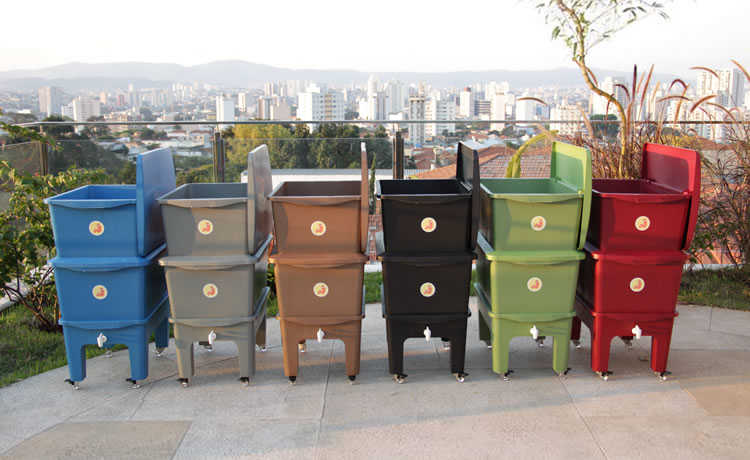
Image: Address of the Forest/publicity
- Humi: the domestic composter that combines style and practicality
earthworms in compost
One way to accelerate organic composting is through the use of Californian earthworms (species Eisenia foetida best suited for the process). This is because earthworms digest organic matter, facilitating the work of microorganisms. This type of compost is called vermicompost or compost with earthworms. To learn more about this topic, take a look at the article: "Vermicomposting: learn about the advantages of this technique that reduces organic waste". To learn more about earthworms, take a look at the article: "Earthworm: environmental importance in nature and at home".automatic composter
Composting can also be done using the automatic composter, which is more practical, as decomposition is faster and, instead of earthworms, powerful patented micro-organisms (among them, Acidulo TM) are used. multiply at high temperatures, high salinity and acidity, learn more about this topic by reading the article "Automatic composters bring agility and efficiency in the reuse of domestic waste". With this, it is possible to insert acidic foods, meat, bones, fish bones, seafood, as opposed to composting with earthworms, or vermicomposting. In the latter, the deposition of excess fat and dairy products is also not recommended, as they delay decomposition. There are also residues that do not go to any of the types of composters, but we must dispose of them correctly. To learn more about it, take a look at the article: "What can you put in the composter?".
When identifying the best type of process (composting or vermicomposting) and composting for the home, family and budget, many people still have a question: whether homemade composting is hygienic. This doubt is recurrent due to the existence of slurry and the need to deal with food scraps that can give off a bad odor and attract animals. The fact that there are worms in the composters is also frightening. But this fear is not very well founded, as shown in the article "Interview: homemade compost is hygienic" with Cesar Danna, from the organic waste solutions website minhohouse.
Factors influencing compost generation and quality
There are many factors that can influence the quantity and quality of compost generated during composting, the main ones being the following:
Organisms:
The transformation of raw organic matter into humus is basically a microbiological process, operated mainly by fungi and bacteria, which, during the composting phases, alternate species of microorganisms involved. There is also the collaboration of macro and mesofauna, such as earthworms, ants, beetles and mites, during the decomposition process;
Temperature:
One of the factors of great importance in the composting process. This process of decomposition of organic matter by microorganisms is directly related to temperature, through microorganisms that produce heat, by metabolizing organic matter, with temperature being related to several factors, such as protein-rich materials, low ratio carbon/nitrogen, moisture and others.
Milled and sieved materials, with finer granulometry and greater homogeneity, lead to better temperature distribution and less heat loss. See more details in the article "Basic conditions for composter maintenance: temperature and humidity".
Moisture:
The presence of water is essential for the proper development of the process, as moisture ensures microbiological activity, this is because, among other factors, the structure of microorganisms consists of approximately 90% water and, in the production of new cells , the water needs to be obtained from the medium, that is, in this case, from the compost mass .
However, too little or too much liquid can slow down composting - if there is too much, dry matter like sawdust or dry leaves need to be added.
- Moisture in compost bin: very important factor in composting
- What to do with fallen dry branches?
- What to do with dry leaves?
The optimal recommended moisture range to obtain a maximum decomposition is close to 50%, and greater attention should be paid to the moisture content during the initial phase, as this needs an adequacy of the water supply to promote the growth of biological organisms involved in the process and for the biochemical reactions to occur at the right time during the composting process. Learn more in the article "Humidity inside the compost bin: a very important factor".
Aeration:
In the composting process, it is possible to say that aeration is the most important factor to be considered, because aeration prevents the formation of bad odors and the presence of insects, such as fruit flies, for example, which is so important. for the process as well as for the environment.
It should also be noted that the more humid the organic mass, the more deficient its oxygenation. It is recommended that the first turning is done in two or three weeks after the start of the process, as this is the period when the greatest possible aeration is required. Then, the second turning should be done approximately three weeks after the first, and ten weeks after the start of the composting process, the third turning should be done for a final incorporation of oxygen.
- Which animals can appear in the composter?
- Fly and larva in compost: causes and how to eliminate
- Tips for those who want to get rid of fruit flies in compost
An organic mass with an appropriate dose of nitrogen and carbon helps in the growth and activity of the colonies of microorganisms involved in the decomposition process, enabling the production of the compost in less time. Knowing that microorganisms absorb carbon and nitrogen at a ratio of 30 parts carbon to one part nitrogen, that is, a ratio of 30/1, this is the ideal ratio for the organic material deposited in the composter, but also values between 26/1 and 35/1 are recommended as being the most favorable C/N ratios for fast and efficient composting.
Waste with a low C/N ratio (C/N<26/1) is low in carbon and loses nitrogen in the ammoniacal form during the composting process. In this case, it is recommended to add cellulosic vegetable residues, such as wood sawdust, corn cob and straw, and banana stalks and bunches, rich in carbon, to raise the ratio to a value close to the ideal. In the opposite case, that is, when the raw material has a high C/N ratio (C/N>35/1), the composting process takes longer and the final product will present low levels of organic matter. To correct this error, nitrogen-rich materials such as tree leaves, grasses, and fresh vegetables should be added.
In addition to what has been mentioned so far, other recommended precautions are related to the place where the composter will be located: the prior preparation of the organic material, the amount of material to be composted and the dimensions of the windrows (when composting is done in windrows, piles of waste online). You should also be careful with which organic materials to put in your composter, for example, in the case of vermicomposting, where there are restrictions on some types of food already mentioned, such as excess citrus fruits, onions or garlic, as they change the pH of the compound.
- Learn how to balance the carbon to nitrogen ratio in compost
- I received my domestic composter. And now?
- What is the influence of pH on compost?
What is compost for
According to data from IPEA, Institute for Applied Economic Research, organic material corresponds to about 52% of the total volume of waste produced in Brazil and all this ends up in landfills, where they are deposited with others and do not receive any type of treatment specific.
- What is climate change?
Composting has many advantages for the environment and public health, whether applied in urban (domestic or industrial) or rural environments. The biggest advantage that can be mentioned of composting is that, in the decomposition process, only carbon dioxide or carbon dioxide (CO2), water (H2O) and biomass (humus) are formed. As it is a fermentation process that occurs in the presence of oxygen (aerobic), it allows the formation of methane gas (CH4), generated in landfills due to the decomposition of these residues, which is highly harmful to the environment and very more aggressive, as it is a greenhouse gas about 25 times more powerful than carbon dioxide - and even though some landfills use methane as energy, these emissions contribute to the imbalance of the greenhouse effect, a human influence potentially determining climate change.
When we recycle the garbage destined for landfills through composting, there will be, as a consequence, savings in the costs of transport and use of the landfill itself, causing an increase in its useful life (see about the use of compost in large cities).
In addition to everything we have covered so far, composting promotes the valorization of a natural and environmentally safe input, organic fertilizer, acting on the recycling of soil nutrients and on the agricultural reuse of organic matter, thus avoiding the use of inorganic fertilizers, formed by unnatural chemical compounds, the most common of which contain substances such as nitrogen, phosphates, potassium, magnesium or sulfur (see more information in the article "What are fertilizers?"), whose effects, especially nitrogen fertilizers, are equally harmful to the imbalance of the greenhouse effect. It is also possible to mention the risks that these fertilizers can bring due to the presence of heavy metals in their composition.
The slurry produced in the composting process with earthworms can be used as a liquid fertilizer (in the proportion of ten parts of water to one of slurry) and as a pesticide (in the proportion of half of the slurry and half of the water sprayed on the plants).
If your questions about composting have been resolved with this subject and you want to practice yours at home, you can buy a home composter at our store. Find the best type for your home and family. You can also check how to make a composter at home in the article: "Learn how to make a home composter with earthworms".
Like the video about the composting process.


